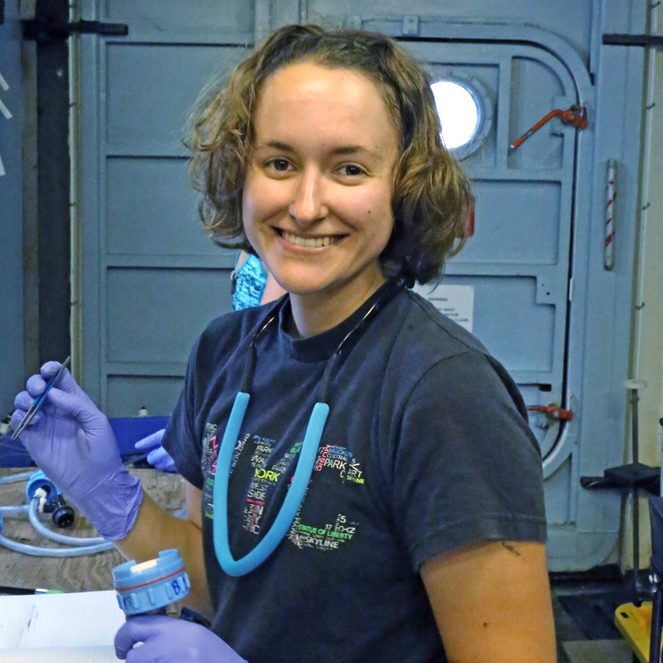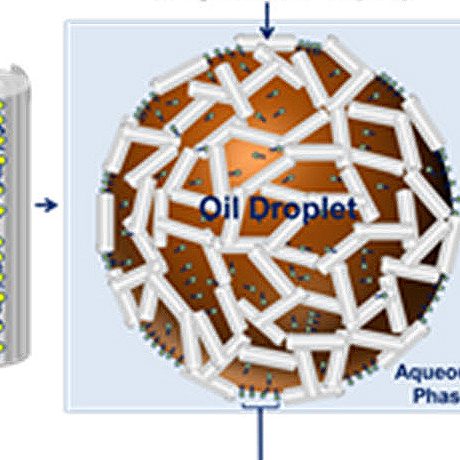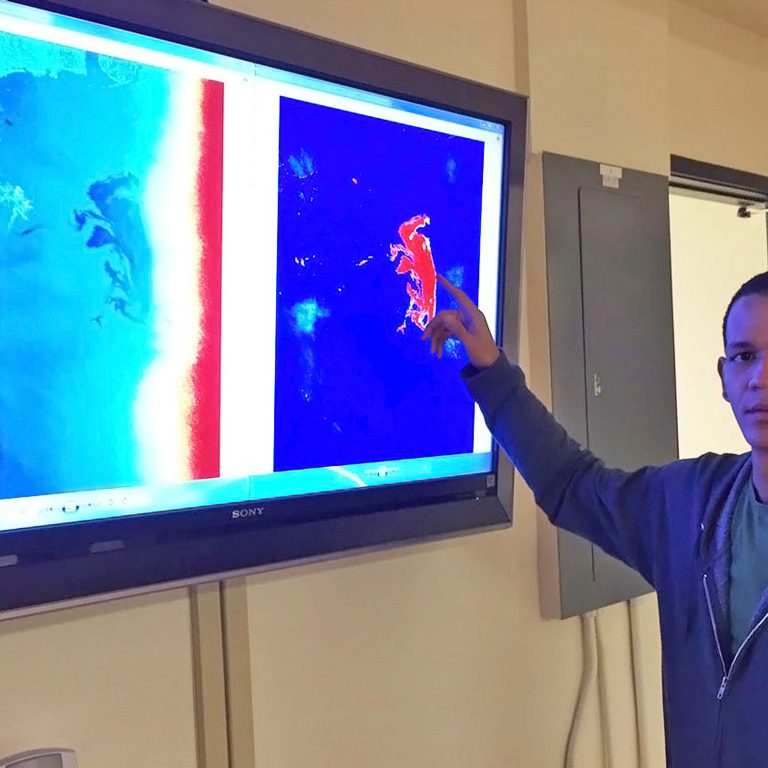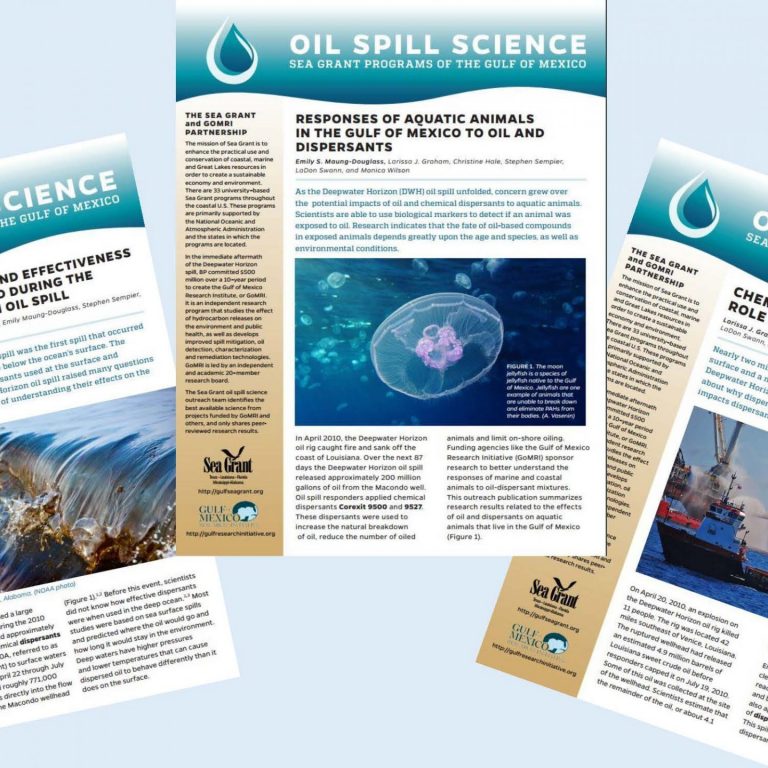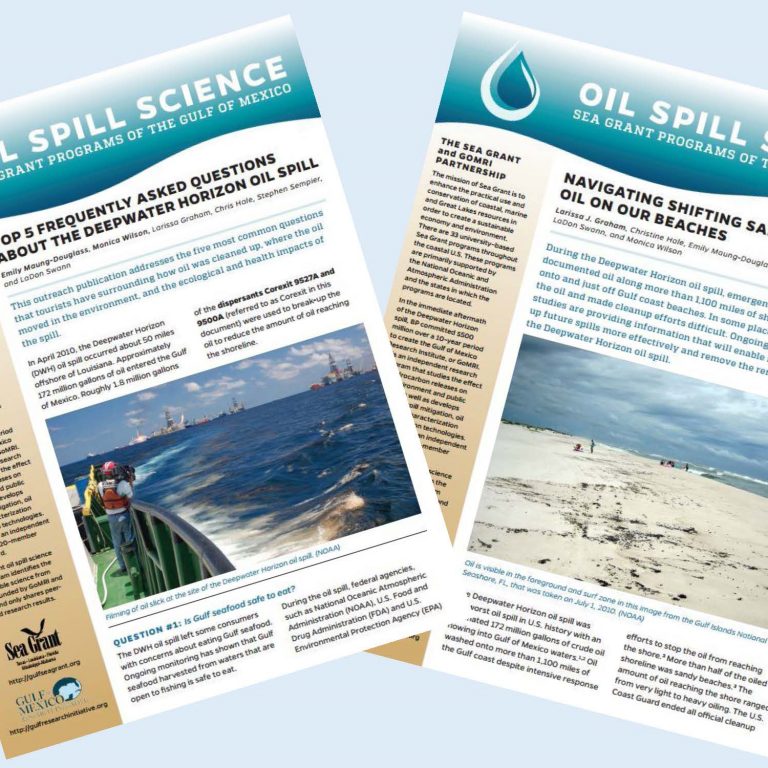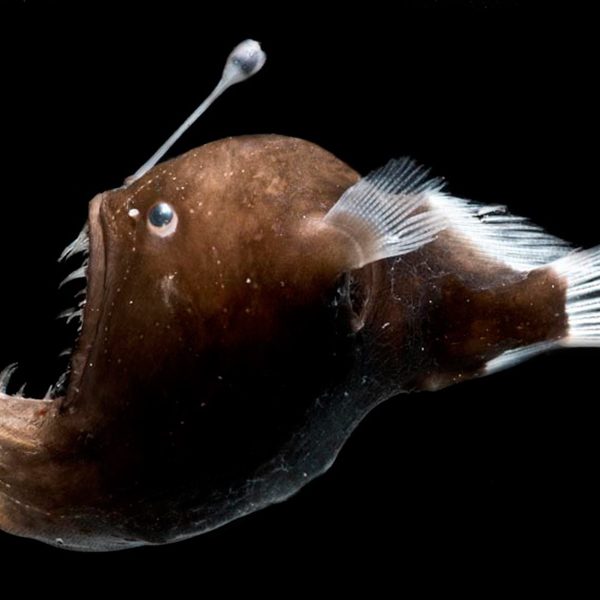Grad Student Rogers Traces Gulf Oil as Scientific CSI
Kelsey Rogers looks for evidence of oil and methane intrusion into Gulf of Mexico water and sediment, but finding these hydrocarbons is only the beginning of her work. Like a scientific crime scene investigator, Kelsey analyzes the chemical fingerprints of oil and gas and uses them to identify their source, such as from an oil spill or a natural seafloor seep.

